Our previous articles have covered the costume components of the Song emperors, but today we focus on the composition and details of the Song empress costumes, using the Empress Cao's costume from the Qing Ping Yue TV series as a reference for comparison with museum collections.
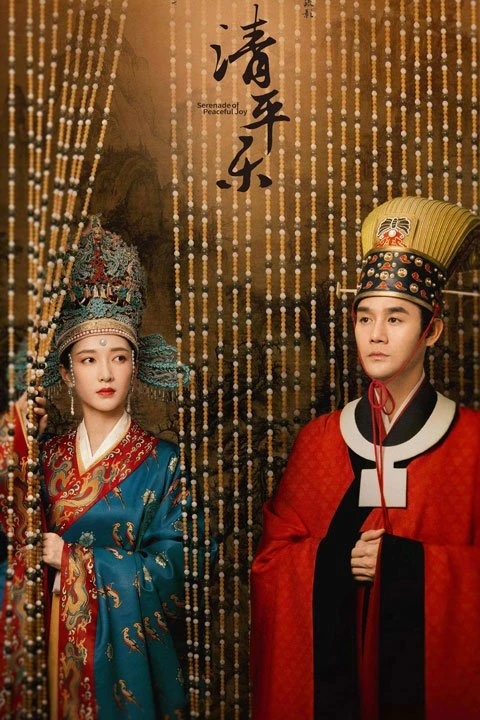
From the makeup poster of Empress Cao's character, Jiang Shuying, the cast still referenced the costumes in the "Axis of the Seated Portrait of empress Song Renzong (宋仁宗皇后坐像轴)" which is now in the National Palace Museum in Taipei, and perhaps due to the poor detail definition of the phoenix crown in the portrait, the phoenix crown was restored with reference to Liu E's phoenix crown in the similar era of Empress Zhenzong (真宗皇后). It's also worth noting that this empress costumes are of a higher class and therefore more elaborate, so let's start with a brief dissection of what Empress Cao is wearing.
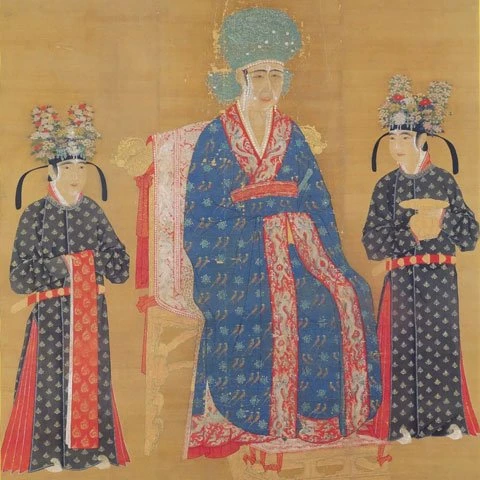
"Axis of the Seated Portrait of empress Song Renzong"
Dragon & Phoenix Flower Hairpin Crown
In today's context, we are accustomed to referring to the Empress's ceremonial crown as a "phoenix crown" and sometimes the bride's jewelry as a "phoenix crown", but for a long time in ancient China, jewelry as a symbol of female identity was neither a phoenix nor a crown. The so-called "phoenix crowns" we see in most Chinese weddings today are also not the real phoenix crowns.
Most early Chinese women's jewelry was inspired by nature and decorated with flowers, birds, insects, and animals. During the Han and Jin Dynasties, the Empress usually used the Buyao(步摇) and Zaner (簪珥, hairpins, and earrings. Mostly used by noblewomen in ancient times) as the jewelry components of the highest dress, with the Buyao in the form of a branch decorated with gold and silver leaves.

Buyao
During the Sui and Tang dynasties, the Buyao was replaced by Huashu (花树, flowering trees), with various kinds of pearls and jade flowers set on the spiral branches. Fastened to a frame that fits over the head with a combination of Huashu, Dian (钿), Chai (钗), and Bobin (博鬓) interspersed, and the number of Huashu was used to distinguish the levels, which initially formed the pattern of "crown".
In the Song dynasty, the empress's phoenix crown was given a richer interpretation, based on the preservation of traditional elements such as Huashu and Bobin. According to ancient texts, the phoenix crown at that time was decorated with flowers all over, including twenty-four Huashu in two sizes. The crowns were adorned with pearls and greenery, and the Bobin was increased to three on each side. And the portrait ornaments among the flowers and trees of the Empress's ceremonial crown developed into a vast "Queen Mother's fairy procession (王母仙人队)" and a variety of birds, with a more grand and specific scene.
In addition, decoration of dragons and phoenixes were added to the phoenix crown, such as the nine dragons on the top of the crown, including eight small dragons on the left and right and a large dragon in the middle.
At this time, the phoenix crown had already developed into a large and grand ceremonial crown, which was known as the "dragon and phoenix flower hairpin crown", "crown of four phoenixes and nine dragons" and "crown of twelve flower hairpins of nine dragons".
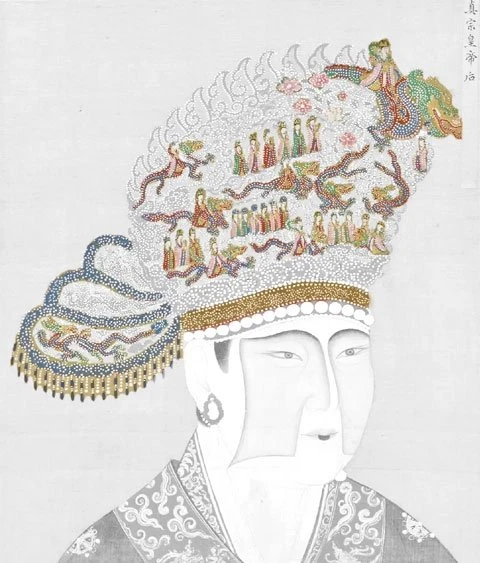
Portrait of the Empress Zhenzong (真宗皇帝后), detail of phoenix crown, from the collection of the National Palace Museum, Taipei, Taiwan
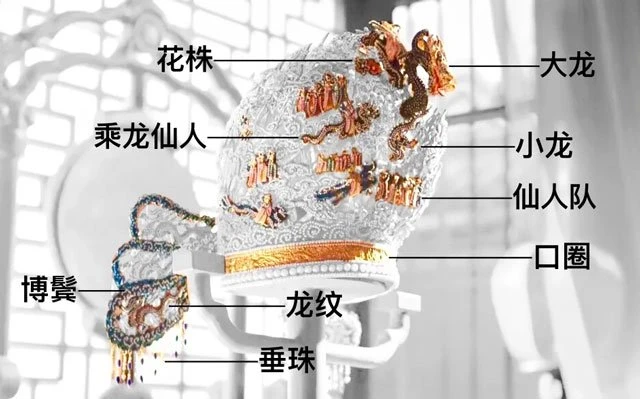
Detail of the phoenix crown in Qing Ping Yue.
Pearl Huadian Makeup
The pearl Huadian makeup(花钿: a kind of flower ornaments on the faces of Han women in ancient time) was one of the most iconic of the Song dynasty's noblewomen's makeup. Huadian makeup was popular throughout the dynasties and in different regions in different forms and materials.
It is easy to see that the pearl makeup of the Song empress was probably a great integration of the makeup of the previous dynasty, and consisted of pearls as decoration. It is usually applied to the middle of the forehead, between the eyebrows, at the end of the eyebrows, and at the corners of the mouth.
Huiyi
Huiyi (袆衣), also call Diyi(翟衣), was the highest dress for noblewomen in China and neighboring countries within the Chinese cultural circle. The portraits of empresses in the Song Dynasty are the earliest existing images of Huiyi.
The empress's Huiyi is dark blue with vermilion sleeve edges and borders, and the lower edge of the garment is ruffled. The garment is woven with the five-colored Di birds (翟鸟), and the edge of the garment is decorated with a dragon pattern, will also be paired with many accessories.
Bixi/ DaDai/ Jade Pendant/ Shou
Bixi (蔽膝) is a dress which covers thigh to knee, slightly rectangular in shape, later used to distinguish superiority and inferiority and become an important part of formal dress. It is the same dark blue as Huiyi and is edged in deep red or brownish-red.
According to the documentary records, Dadai (大带) was dressed in dark blue, the upper side in vermillion brocade, the lower side in green brocade, and then covered with a green belt, most of these features can be clearly seen in the portrait of Empress Song Zhenzong.
Two sets of white jade pendants (玉佩) are suspended on either side of the waist, with Shou (绶, a kind of ribbon) as the base. The Shou is woven with six-colored silk threads cross-woven with a jade ring tied in the middle, with a black background and a pendant spike underneath.
Song Dynasty Empress Costumes Apply in Modern Time
Influenced by the traditional paradigm system of Zhouli (周礼), the Empress costumes of Diyi system (翟衣制度) was used until the Ming Dynasty and spread to countries of the Han cultural circle such as Korea and Vietnam.
With the abolition of Han clothing by the rulers of the Qing Dynasty, the Diyi system was abolished altogether, and the Diyi system in countries such as Korea and Vietnam was also undermined to some extent with the foreign invasion. With the contemporary trend of reviving traditional Hanfu culture, Diyi has returned to the public in a variety of new guises.
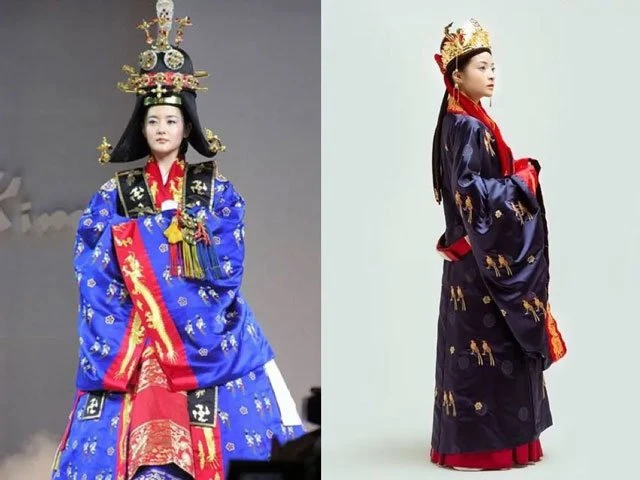
Diyi from North Korea and Vietnam
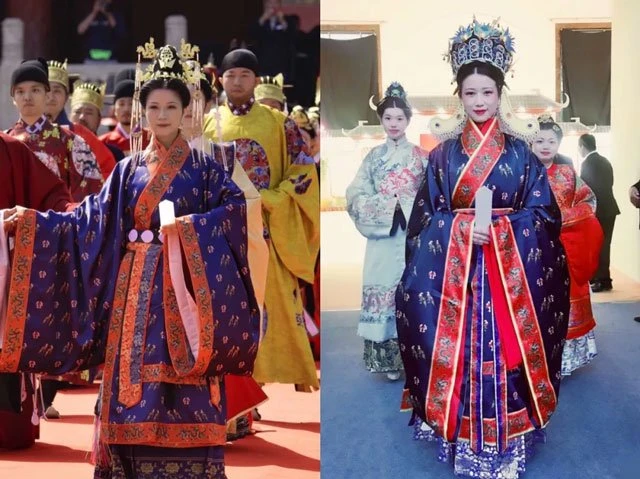
restored Diyi made by a modern merchant
The above is an introduction to the Song Dynasty Empress costumes, and more about the traditional Chinese dress and Hanfu style can be found here.
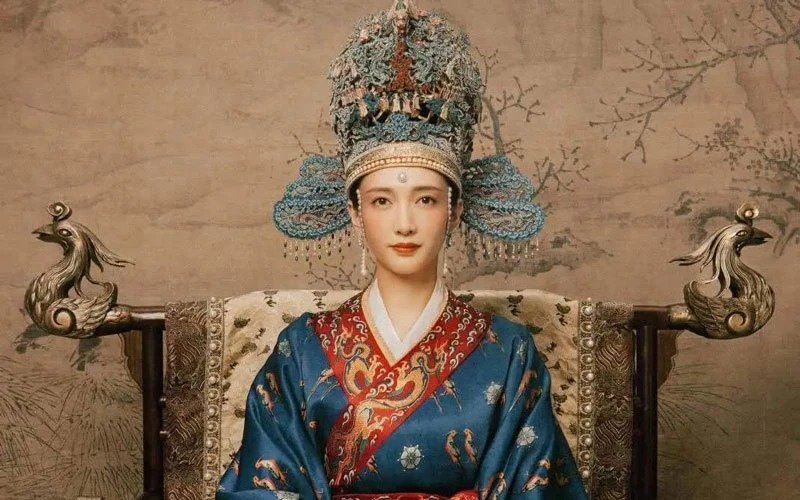

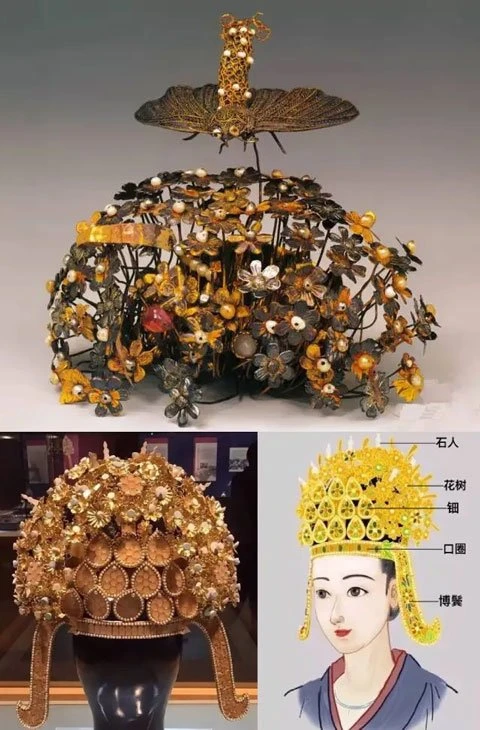
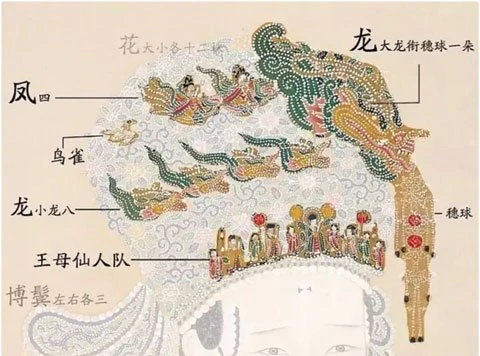

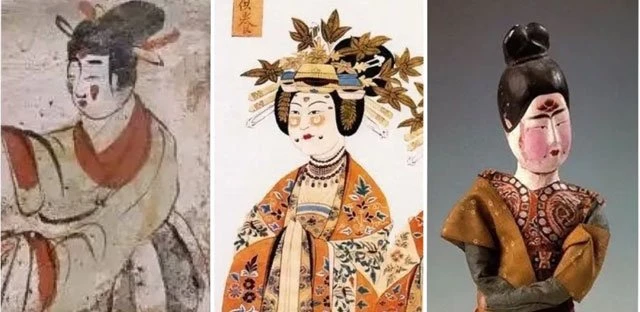
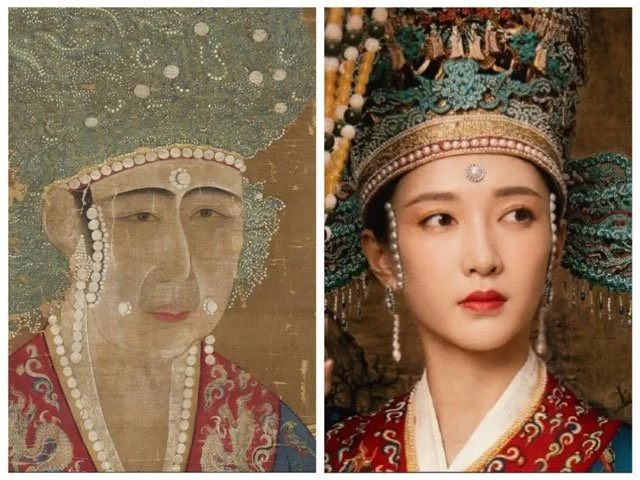

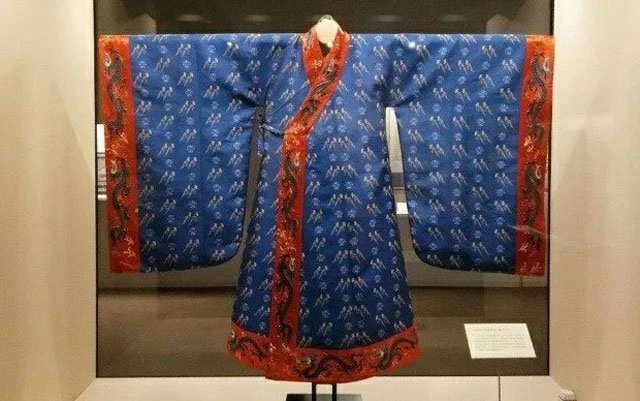
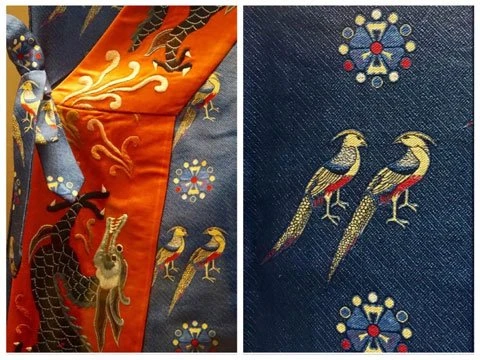

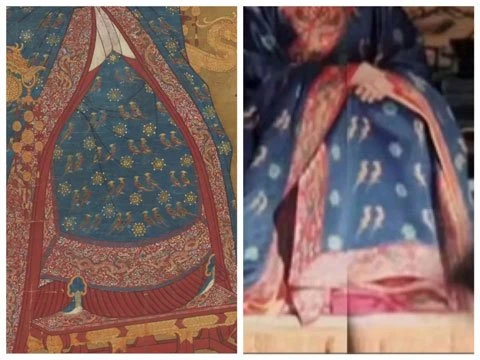

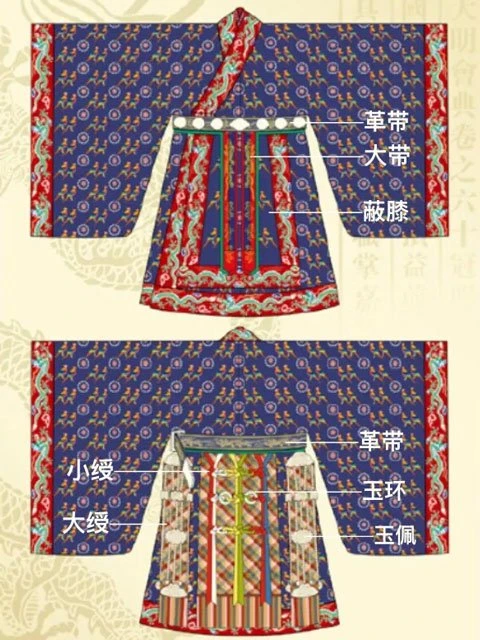

❤️